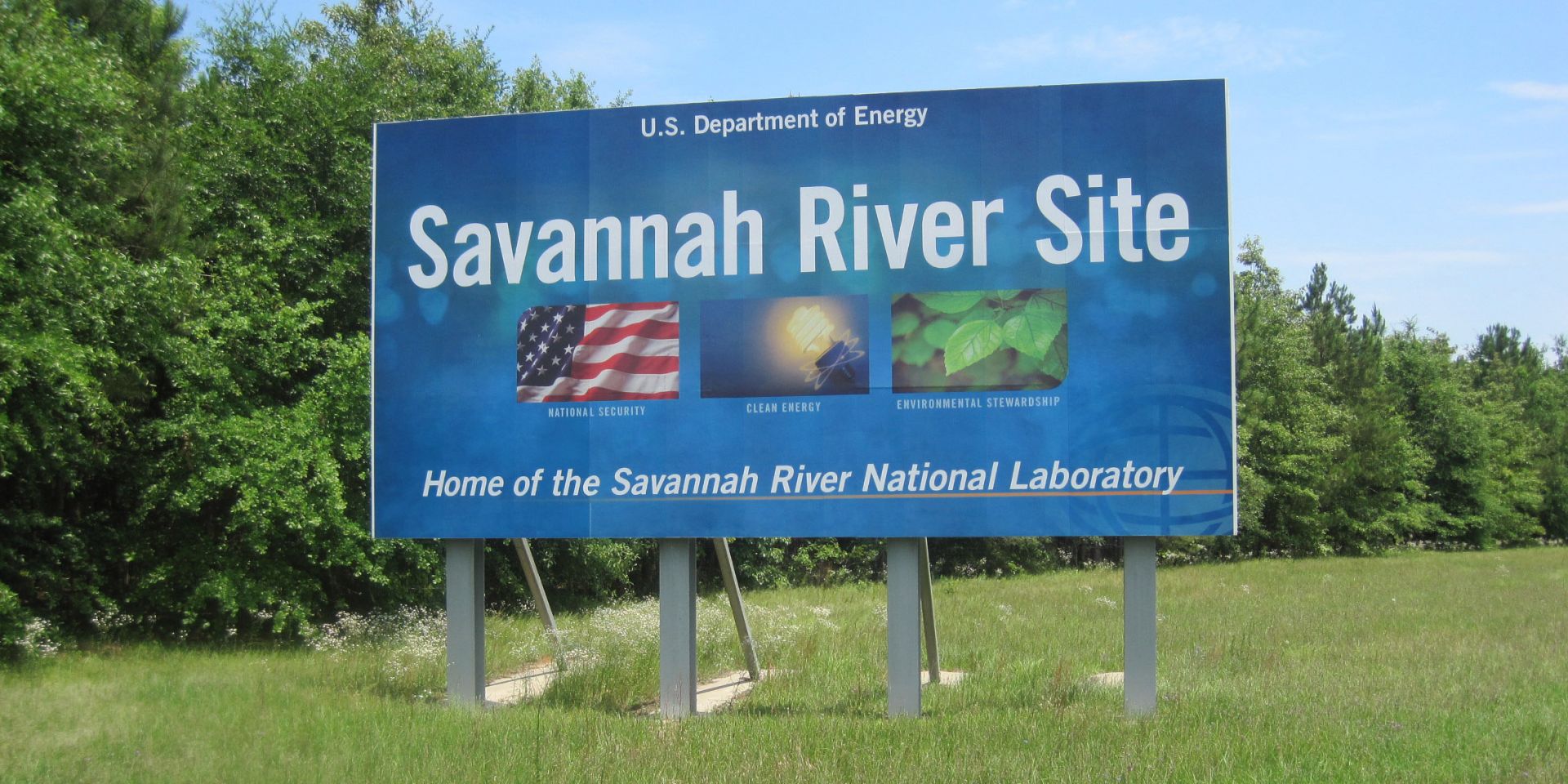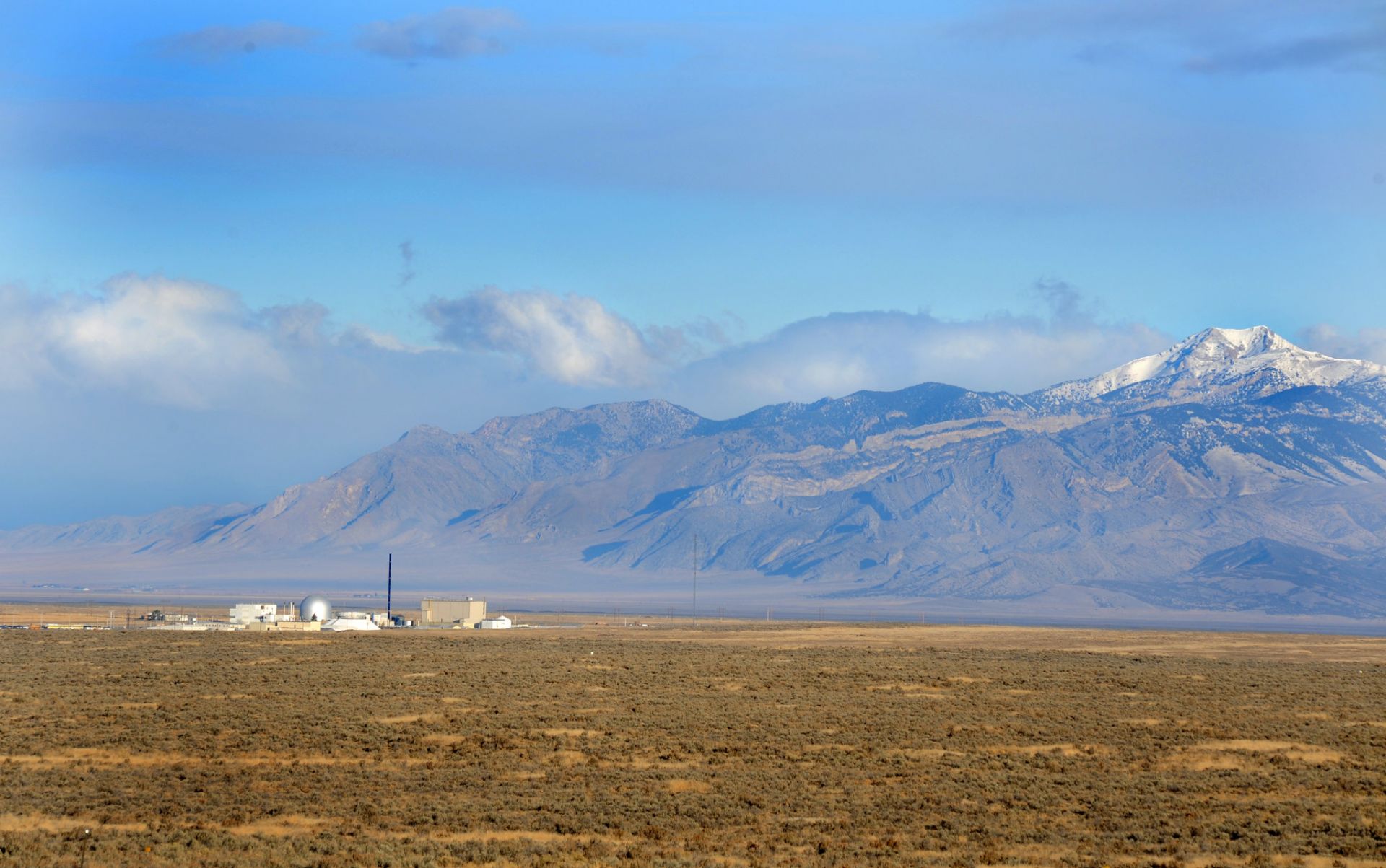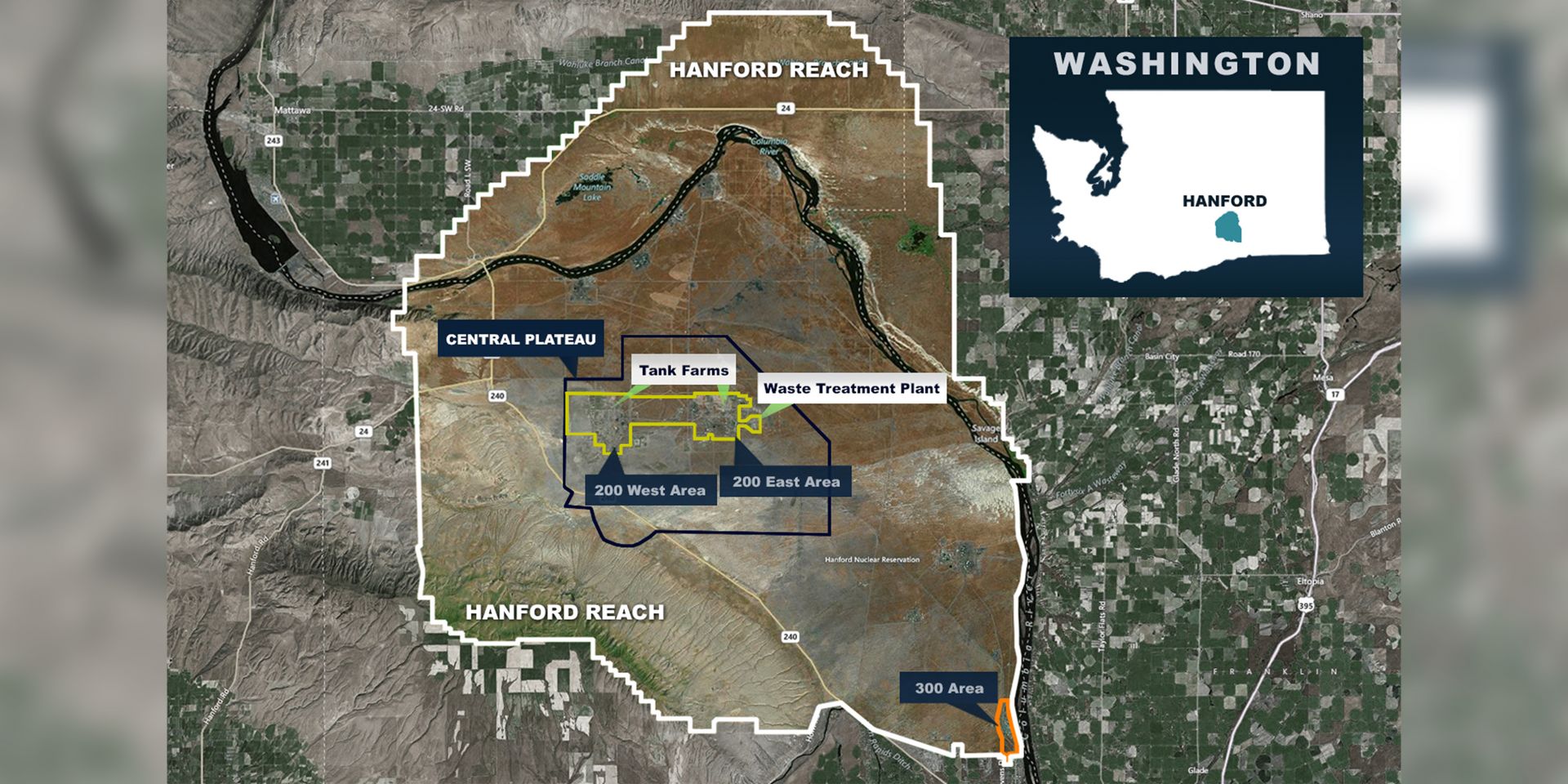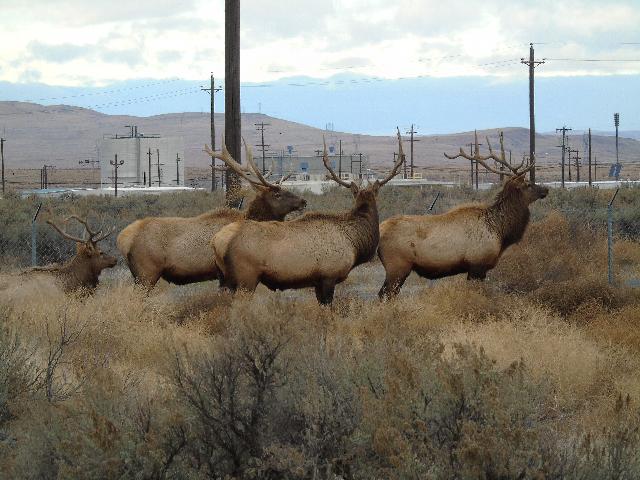The Waste Isolation Pilot Plant in southeastern New Mexico. (Photo: DOE)
Juno Beach, Fla.–based NextEra Energy Resources Development has been selected to enter realty negotiations for a large-scale solar electricity generation project at the DOE’s Waste Isolation Pilot Plant (WIPP) in southeastern New Mexico as part of the department’s Cleanup to Clean Energy initiative.
The Materials and Fuels Complex at INL. (Photo: INL)
The Department of Energy will enter into lease negotiations with two solar energy developers for 400 megawatts of solar electricity generation within the Idaho National Laboratory site. Announced on June 5, the projects are the first proposed projects selected under the department’s Cleanup to Clean Energy initiative, an effort to repurpose parts of DOE-owned lands—portions of which were previously used in the nation’s nuclear weapons program—into sites of clean-energy generation, including for solar, geothermal, wind, and nuclear.
The Waste Isolation Pilot Plant, near Carlsbad, N.M. (Photo: DOE)
The Department of Energy’s Office of Environmental Management has issued a request for qualifications for interested parties and prospective offerors looking to enter into a realty agreement for carbon-pollution-free electricity (CFE) projects at the department’s Waste Isolation Pilot Plant site in southeastern New Mexico.
The DOE’s Hanford Site. (Image: Washington River Protection Solutions)
The Department of Energy’s Office of Environmental Management issued for public comment the first request for qualifications (RFQ) related to the department’s Cleanup to Clean Energy initiative, which aims to increase energy production by making DOE land available for the potential development of carbon-free energy (CFE) electricity generation through leases.
An elk herd at the DOE’s Hanford Site in Washington state. (Photo: DOE)
The Department of Energy has released the first request for information (RFI) related to the department’s Cleanup to Clean Energy initiative, which aims to repurpose certain DOE-owned lands, portions of which were previously used in the nation’s nuclear weapons program, into sites for clean energy generation.







